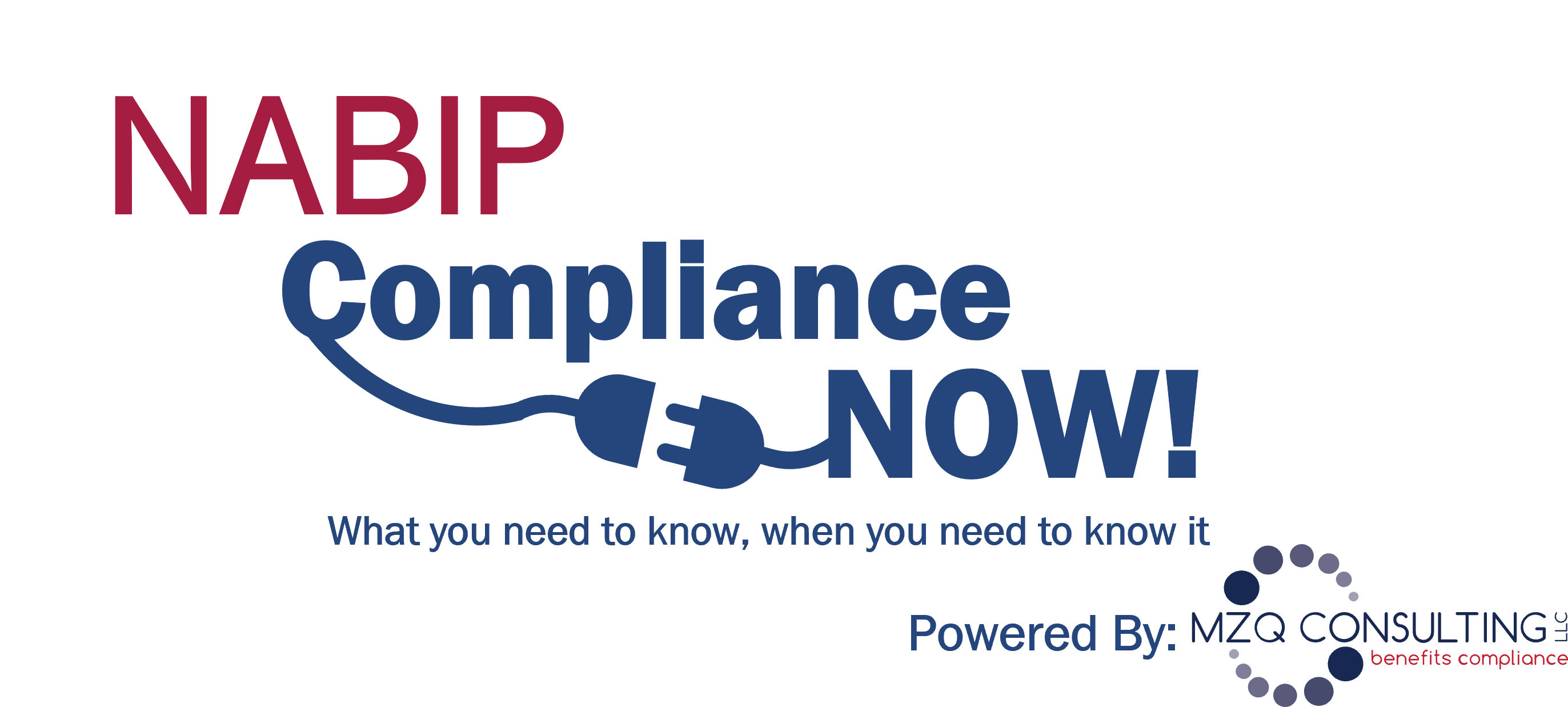By: Jennifer Berman, CEO, MZQ Consulting
On January 10, the Department of Labor issued FAQs establishing new requirements for health plans to pay for over-the-counter (OTC) COVID-19 tests as preventive care. The new guidance, which applies to both fully insured and self-funded health plans, will go into effect for tests purchased on or after January 15, 2022.
The FAQs specifically require that plans cover OTC COVID-19 tests without imposing any cost-sharing, prior authorization, or other medical management requirements. The guidance also expressly provides that these tests must be made available without an order or individualized assessment by a public health provider. Notably, the FAQs do address several ways that plans can help limit their overall expenditures.
Reimbursement Programs
The FAQs expressly state that plans are not required to directly reimburse sellers of OTC COVID-19 tests. Instead, a plan may require participants to submit claims for reimbursement using existing procedures. However, the DOL “strongly encourage[s]” plans to create direct coverage programs with test retailers, so that plan participants do not need to pay upfront and seek reimbursement later. It is important to note that plans are not permitted to limit their coverage to only tests purchased through preferred pharmacies or other specific retailers unless it meets the conditions of the Direct-to-Consumer Program safe harbor described below. So, it may take plans a while to establish means of paying retailers for OTC tests directly, particularly with retailers that are not already part of their pharmacy network.
Direct-to-Consumer Programs Allow Plans to Limit Reimbursable Amount
If a plan creates “direct-to-consumer” programs with its pharmacy network and a direct-to-consumer shipping program that meets certain DOL requirements, then they are permitted to limit the overall amount they will pay for OTC tests from other retailers. Specifically, if the rules outlined below are followed, a plan may limit the amount it reimburses a participant after the fact for an at-home test purchased outside of its preferred network to $12 (or the cost of the test, if lower).
For a plan’s direct-to-consumer program to legally limit reimbursement amounts for tests purchased elsewhere, the program must:
- Not require participants to seek reimbursement post-purchase;
- Have the systems and technology in place to process payments directly with no upfront out-of-pocket costs; and
- Be available through an adequate number of retail locations (including both in-person and online locations).
If a plan elects to rely on this safe harbor but is unable to meet the requirements for a period of time (i.e., because of shipping delays), then the plan cannot limit the amount it reimburses participants who choose to purchase tests elsewhere during such a period.
Limits on the Number or Frequency of Tests
No limits can be placed on traditional COVID testing ordered by a health care provider. However, plans may limit the total number of OTC COVID-19 tests available without cost-sharing to no less than eight tests per month (or 30-day period). This limit applies separately to each participant in the plan. So, if four family members are covered under “family coverage,” that family could be reimbursed for 32 tests per month. Plans cannot limit tests to a smaller number over a shorter period. For example, it would be impermissible to limit a participant to four tests over a 15-day period.
Avoiding Fraud
Plans are permitted to take reasonable steps to avoid fraud as long as they do not “create significant barriers.” Plans are specifically prohibited from requiring individuals to submit multiple documents or go through numerous steps to receive their tests. That said, they may require participants to certify tests are being purchased for their personal use, not for employment purposes or resale. It is also fine for a plan to require proof of purchase (such as a UPC code or receipt) when a participant is seeking direct reimbursement.
Educational Programs
Plans may create educational programs on the effective use of COVID-19 tests, so long as these materials make it clear that the plan will pay for tests as required.
Educational materials may include:
- Guidance on how to access and use OTC tests and the differences between OTC tests and other available tests;
- Quality information on OTC tests, including information about their efficacy;
- Information on how to obtain tests directly from the plan, through designated lower-cost sellers, or through direct-to-consumer programs; and
- Instructions on how to submit a claim for reimbursement.
Next Steps
As noted above, the new OTC COVID-19 coverage rules go into effect January 15. Carriers and third-party administrators will be scrambling in the coming days to deploy programs that facilitate compliance with these rules. As such, we highly recommend being on the lookout for announcements about how your specific service provider intends to meet these requirements. We will continue to monitor this program and provide additional updates if they become available.
